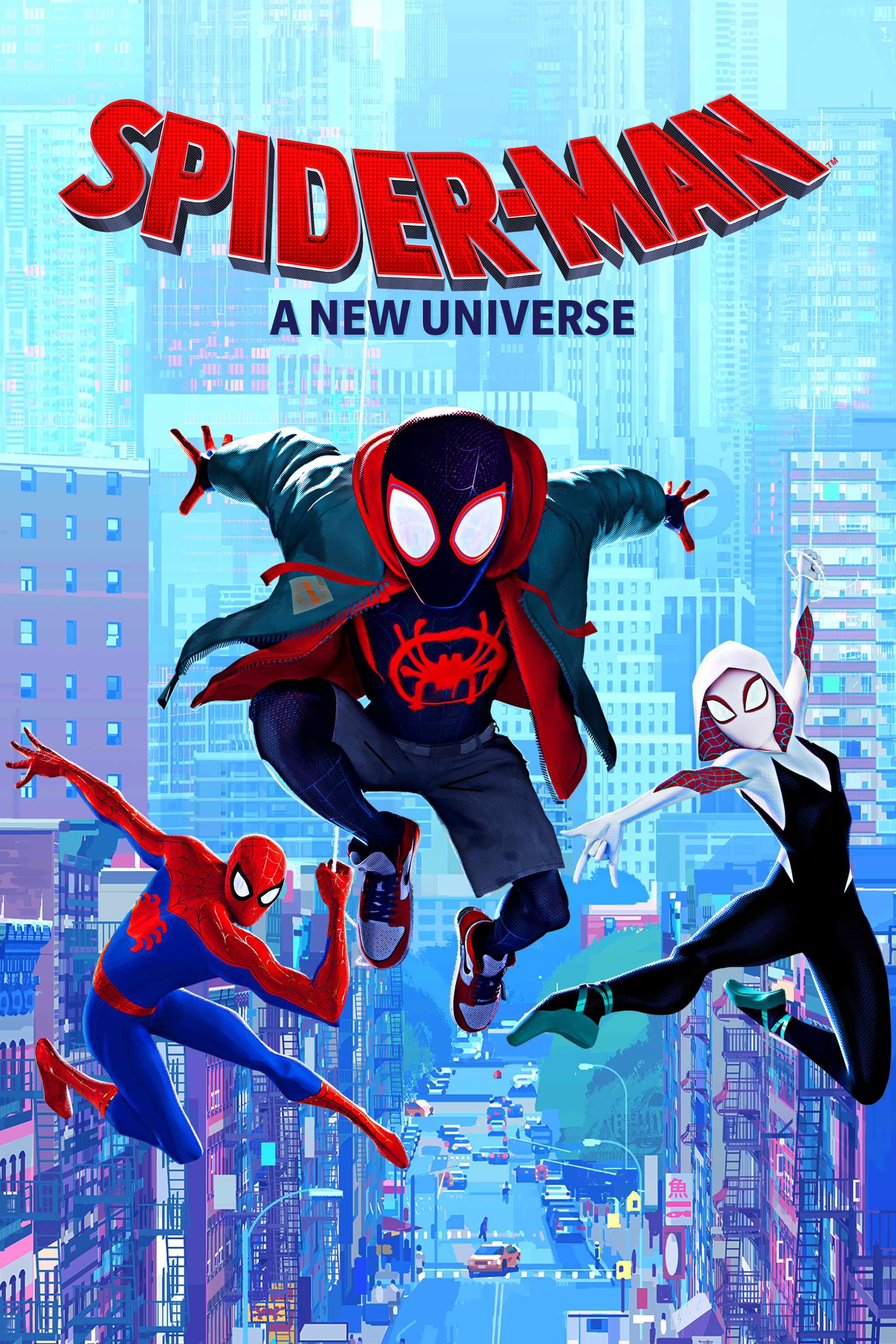
Whichever way we look at it, one thing is certain: whether you want stop-motion from streamers or superheroes from Sony, 2022 looks set to be a special year for animation. You could also argue that we’re witnessing a changing of the guard, as new creators are allowed to create the animated films they always want to make. Of the voices leading its sequel, only Joaquin Dos Santos has prior directorial experience, with Justin Thompson and Kemp Powers making their debut in the director’s chair.Īre we enjoying a post- Spider-Verse revolution? You could certainly argue that. Even for Spider-Verse, beyond producers Phil Lord and Chris Miller, only Peter Ramsey of the film’s three directors had led a feature film before. What was once an experiment is now defining the look and feel of modern animation, just as Toy Story built on the work of others to change the course of the medium forever.Īnd make no mistake, it is new voices ushering in this change at studios both large and small: as Pixar has deviated from its in-house style with last year’s Luca and the upcoming Turning Red, Enrico Casarosa and Domee Shi have made their first jumps to the director’s chair. That, coupled with more demand for animation than ever as streamers like Netflix invest in the sector, means notoriously-conservative film studios finally have an incentive to raise new voices and experimental animation to the fore. Image: © Monkey Punch / 2019 LUPIN THE 3rd Film PartnersĪrtists have never stopped pushing boundaries, but Spider-Verse showcased the existence of a mainstream market for their experiments. Such a narrative also assumes that CG animation is the default and ignores traditional and stop-motion animated projects, as well as films produced outside of America and CG projects from countries like Japan, which have boldly featured more cartoonish interpretations of CG animation, as seen in films like Lupin III: The First. On top of independent animated films like Gints Zilbalodis’ Away and others, Disney has experimented with blending 2D and CG since Paperman in 2010, and Aardman from even earlier. To consider Spider-Verse the singular influence of the next wave of animation risks forgetting the projects that brought us to where we are today. Now, as films like The Bad Guys show greater experimentation within the CG medium than ever before, animators are citing Spider-Verse as an inspiration or benchmark for their projects and eager online fans are all-too-willing to oblige in comparing new films to Sony’s animated classic. Following the release of Spider-Man: Into the Spider-Verse at the end of 2018, fans, critics, and industry voices alike were quick to praise the Sony Animation film, particularly for how it blended 2D and CG animation techniques and changed our perceptions of what was possible in animation. Looking towards the expansive slate of upcoming animated features scheduled for release in 2022, it’s hard not to think of the story of how Toy Story changed animation, and how we may be now entering a similarly-revolutionary period in the history of the medium. Revolutions are contradictions: we raise a single event to a pedestal as though it was a flash-in-the-pan moment of inspiration, and often forget the years of work and the people that brought us to that point.

In less than a decade after that, CG effectively replaced traditional animation in Hollywood, inspiring a boon of creativity and the birth of all-new animation studios like Blue Sky and Illumination.

While the film was eventually canceled after seven years of production in 1986, many of those who worked on The Works went on to be hired by the newly-founded Pixar, paving the way for the release of Toy Story. Even before movies like Tron and Young Sherlock Holmes could pioneer CG special effects in live-action film, a small group of New York programmers and artists looked to revolutionize the animation industry by creating the world’s first feature-length fully-animated CG film, centered on a pilot and a robot in a world destroyed after a malfunctioning computer accidentally triggered a new World War. Sixteen years before the release of Toy Story and nine years before Pixar’s “Tin Toy” short won an Oscar, The New York Institute of Technology’s Computer Graphics Lab announced plans to produce a CG film titled The Works.


 0 kommentar(er)
0 kommentar(er)
